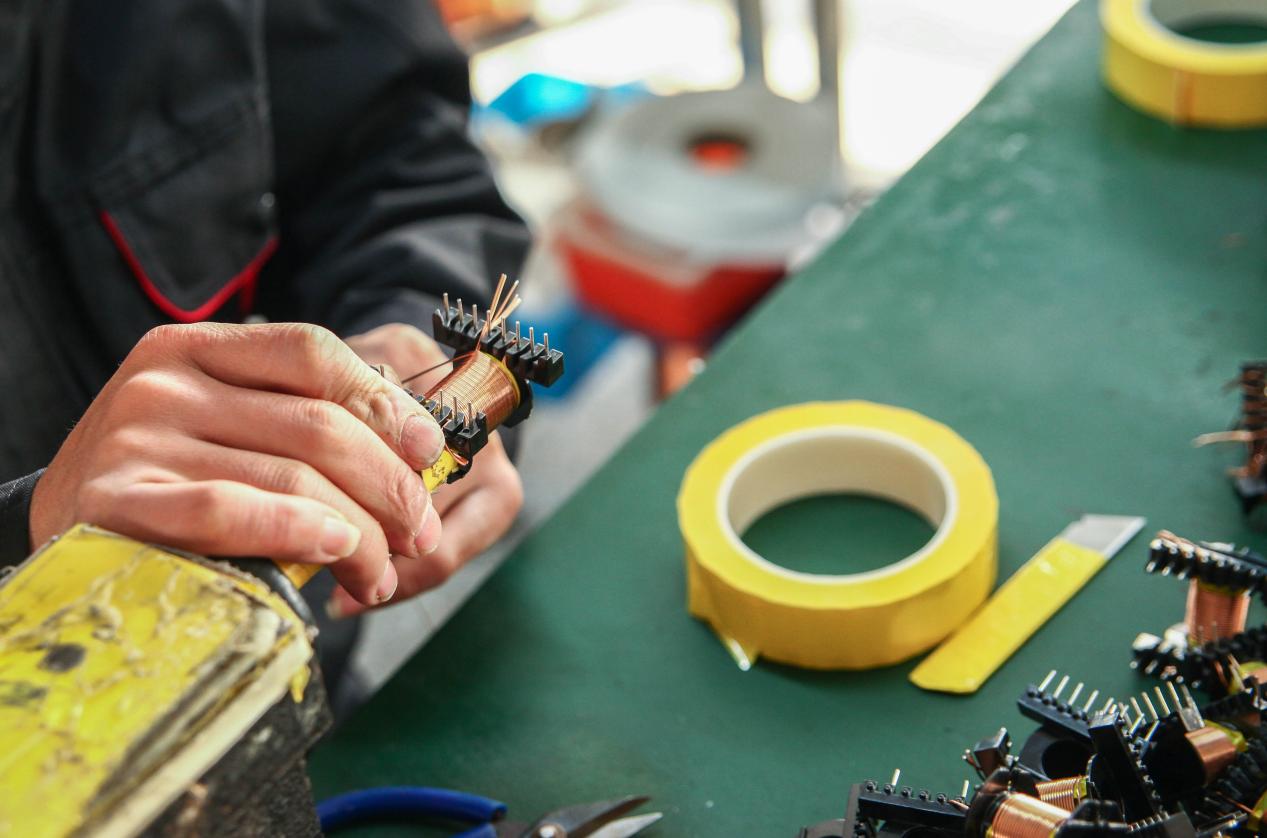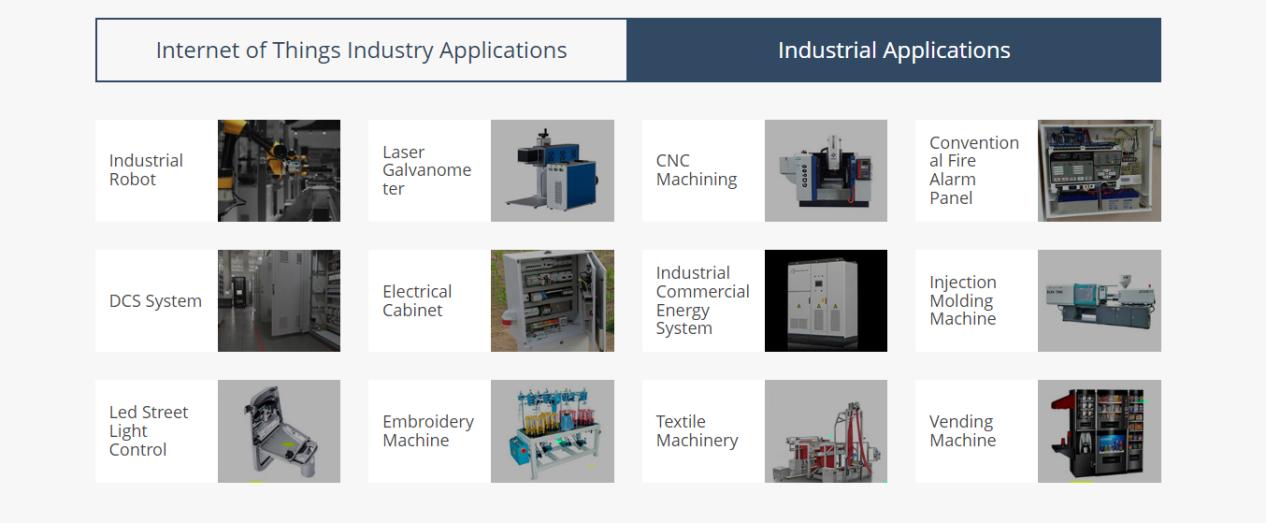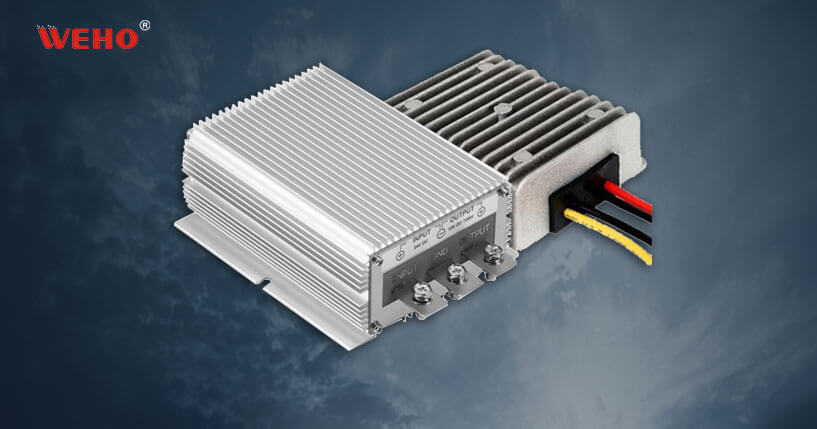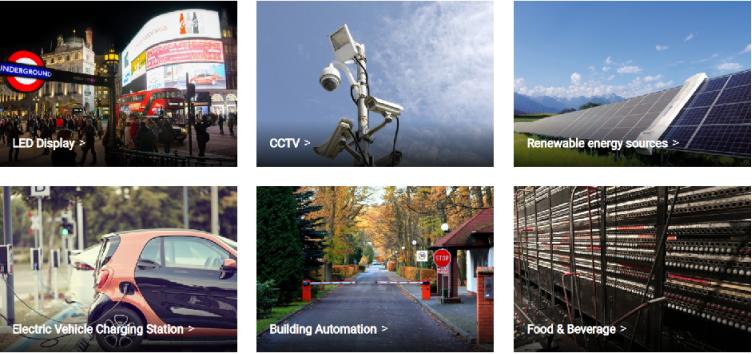Switching the power supply is the lifeblood of our lives today. From powering our electronic devices to ensuring maximum performance, switching power supplies is an essential part of keeping our lifestyles running smoothly.
But what exactly is a switching power supply and how does it affect businesses? In this blog post, we’ll explore the classification system for different types of switching power supplies so that companies and bulk buyers can have a basic understanding of them to ensure their needs are being met in safe and efficient ways.












